Many households in the mountainous Ba Thuoc district of Thanh Hoa province have taken advantage of the region’s potential and strengths to develop the breeding of Co Lung ducks to increase income and conserve the gene source of this precious duck species. Thanks to the application of the correct procedures and techniques in animal husbandry, many households have escaped poverty and become wealthy.
According to the People’s Committee of Ba Thuoc district, there are currently 1,568 households raising Co Lung ducks in the area. This is an indigenous duck breed that has existed for a long time, mainly raised in six communes in the Quoc Thanh area, including Co Lung, Lung Cao, Lu Niem, Ban Cong, Thanh Lam, and Thanh Son. Co Lung ducks, also known as Mường Khòong ducks, have sparrow-colored feathers, small bones, short necks, and small, stunted legs.
This duck breed only feeds on rice, crabs, snails, and algae from the streams, resulting in meat that is lean, firm, sweet, and aromatic. Notably, Co Lung ducks are sold at around five months old, weighing between 1.6 and 2.2 kg each. They start laying eggs at six months old, with an annual egg production of 130-145 eggs per female duck.
To support farmers in duck breeding and conserve this precious duck breed, the People’s Committee of Ba Thuoc district has implemented several scientific and technological projects. These include the project to conserve and develop the Co Lung duck breed and the project to apply scientific and technological advances to restore and develop the local Co Lung duck breed with superior quality. Additionally, they have undertaken projects to establish and manage geographical indications for Co Lung duck products in Ba Thuoc district, Thanh Hoa province. The successful implementation of these projects has enhanced the value of Co Lung ducks and increased the income of farmers raising this duck breed.

Lo Van Phu, an experienced Co Lung duck farmer for over five years. Photo: Vietnam Agriculture
For several years, Lo Van Phu (36 years old) from Ban Cong commune, Ba Thuoc district, has been a pioneer in conserving and developing the Co Lung duck breed. Currently, Mr. Phu manages two duck farms in Ban Cong commune, Ba Thuoc district, Thanh Hoa province.
Regarding farming techniques, Mr. Phu shared that he regularly sun-dries and mixes feed for the ducks, including grass, banana leaves, corn, rice flour, and industrial bran. He also pays special attention to disease prevention for the ducks and implements vaccination measures to ensure the health of the flock.
The climate and ecology in Ban Cong commune are cool, with streams and a variety of small aquatic organisms such as fish, shrimp, and crabs, providing an alternative food source for the ducks. This creates a distinctive flavor in Co Lung ducks compared to those from other localities.

Co Lung ducks feed on rice, crabs, snails, and algae from the streams, resulting in lean and firm meat with a sweet and aromatic flavor. Photo: VNA
According to Vietnam Agriculture, Mr. Phu’s farm currently houses nearly 3,000 ducks, with an annual output of approximately 10,000 to 12,000 ducks. Co Lung ducks command a higher price than other duck breeds, with meat prices ranging from 180,000 to 200,000 VND per duck. After deducting farming expenses, Mr. Phu’s income ranges from 200 to 300 million VND per year.
However, stable output remains a challenge, depending largely on restaurants and small traders in Ba Thuoc district to consume the products. Mr. Phu is considering the possibility of bringing these products to Hanoi and other localities to reach a wider consumer base.
Mr. Nguyen Van Tam, Head of the Agriculture and Rural Development Division of Ba Thuoc district, Thanh Hoa province, expressed optimism about the Co Lung duck farming model. He stated that, in addition to traditional livestock such as buffaloes and cattle that have been raised in the district for a long time, the district has recently focused on developing forest farming and promoting the breeding of advantageous animal species such as Co Lung ducks. This new model implemented by the district has initially brought higher economic value than traditional models.
Mr. Nguyen Trong Cuong, Head of the Breed and Livestock Technique Division, Sub-Department of Livestock Production and Animal Health of Thanh Hoa province, noted that the distinctive characteristic of Co Lung ducks is their delicious meat, which has led to increased consumer demand. In the future, given the potential for duck development, the sub-department will guide mountainous districts to implement Co Lung duck farming models that prioritizesection will guide mountainous districts in implementing Co Lung duck farming models that follow biosecurity practices and provide output orientation for the products, thereby contributing to increasing the income of duck farmers.


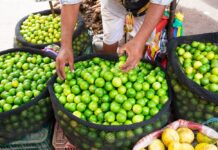

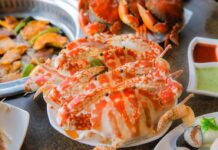
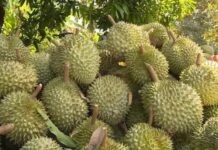




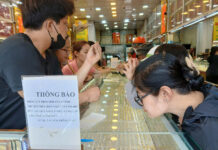


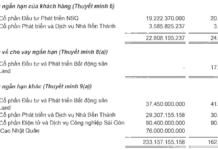
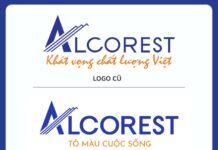






















![[On Seat 07] MG – From a Widely Criticized Car Brand to Impressive Sales Figures and the Opportunities for MG7 in Vietnam](https://xe.today/wp-content/uploads/2024/08/v-quote-te-3-100x70.jpg)
